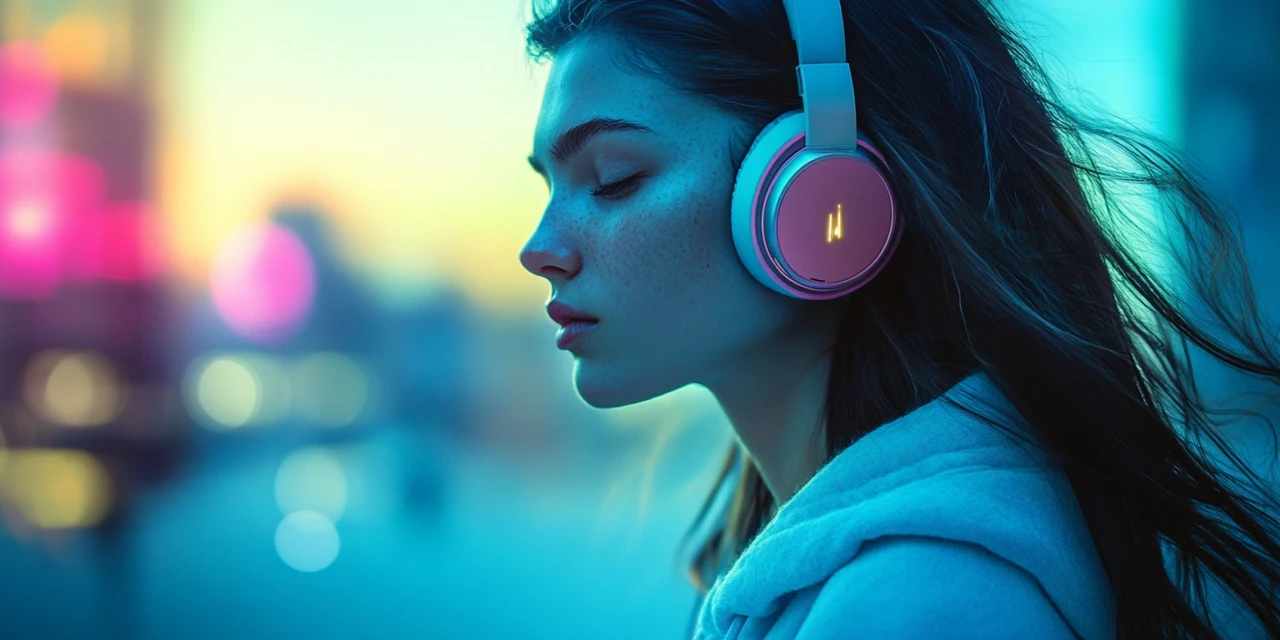
Online Music Streaming
We compare strengths and differences—sound quality, offline listening, exclusive content, and user experience—to help you choose the best music service for your needs.
Read MoreSocial media is no longer just a place to connect with friends—it has become a vibrant stage for artists, content creators, and even Hollywood productions looking to engage fans. Whether it's a single viral dance challenge catapulting a previously unknown artist to stardom or a multinational streaming service promoting its latest show through Instagram reels, these platforms have reshaped how entertainment is discovered, produced, and consumed.
In this guide, we'll delve into the most significant ways social media platforms like TikTok, Instagram, YouTube, and more are changing the landscape of pop culture. From influencer marketing to user-generated content, here's what you need to know about the future of entertainment in the digital age.
Perhaps the most iconic symbol of social media's entertainment impact is the viral challenge—a catchy dance, lip-sync routine, or comedic skit repeated by millions:
These viral trends highlight how swiftly media consumption and participation have merged—fans are no longer mere spectators but active players in shaping cultural moments.
Content creators on social platforms wield immense power in shaping tastes and championing rising talent or brand campaigns:
As social media cements itself as a launchpad for fresh talent, lines blur between amateurs and professionals—transforming how entertainment is produced and monetized.
In an era of immediate connectivity, celebrities and creators can engage their audience instantly, forging deeper loyalty and interactive fandom:
This direct line between creators and consumers fosters a unique sense of co-creation and loyalty, where fans feel heard and celebrated.
Traditional media still holds major sway, but social platforms are bridging the gap, merging blockbuster marketing with grassroots virality:
These crossovers underscore how social media now sits at the epicenter of pop culture, connecting every corner of entertainment marketing into a cohesive digital tapestry.

Social platforms break language barriers—allowing diverse content to flourish and foreign creators to amass worldwide followings:
This interconnectedness means local phenomena can quickly become global sensations, spotlighting underrepresented voices and cultural treasures.
| Platform | Notable Features | Primary Entertainment Impact |
|---|---|---|
| TikTok | Short-form video, viral challenges | Launch pad for music, dance trends, comedic bites |
| Reels, Stories, influencer culture | Visual storytelling, brand/influencer collabs, fashion & beauty focus | |
| YouTube | Long-form & Shorts, monetization tools | Home for diverse creators, vlogs, comedic sketches, in-depth tutorials |
| Twitter (X) | Real-time trending topics, fan threads | Instant feedback, communal watch-alongs, fandom discourse |
| Facebook (Meta) | Groups, Watch parties, integrated events | Community building, older demographics, event discovery |
Each platform wields distinct strengths—knowing where your show or content fits best ensures maximum impact in today's social-driven entertainment climate.
Social media has transcended its roots as a simple networking tool—it's now a critical driver of entertainment trends, forging direct connections between creators, celebrities, and audiences. From igniting viral challenges that elevate unknown artists to launching multi-national streaming hits, these platforms set the tone for what's hot in music, film, TV, and beyond.
As short-form videos, influencer marketing, and cross-border collaborations continue to reshape pop culture, it's clear that social media's influence on entertainment is here to stay. Embracing (and innovating within) this space means acknowledging fans as co-creators, fueling immediate feedback loops, and harnessing the global potential for diverse, engaging content. The next viral phenomenon or household star might just be a click, dance, or comedic post away.